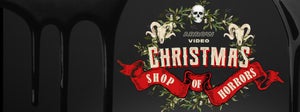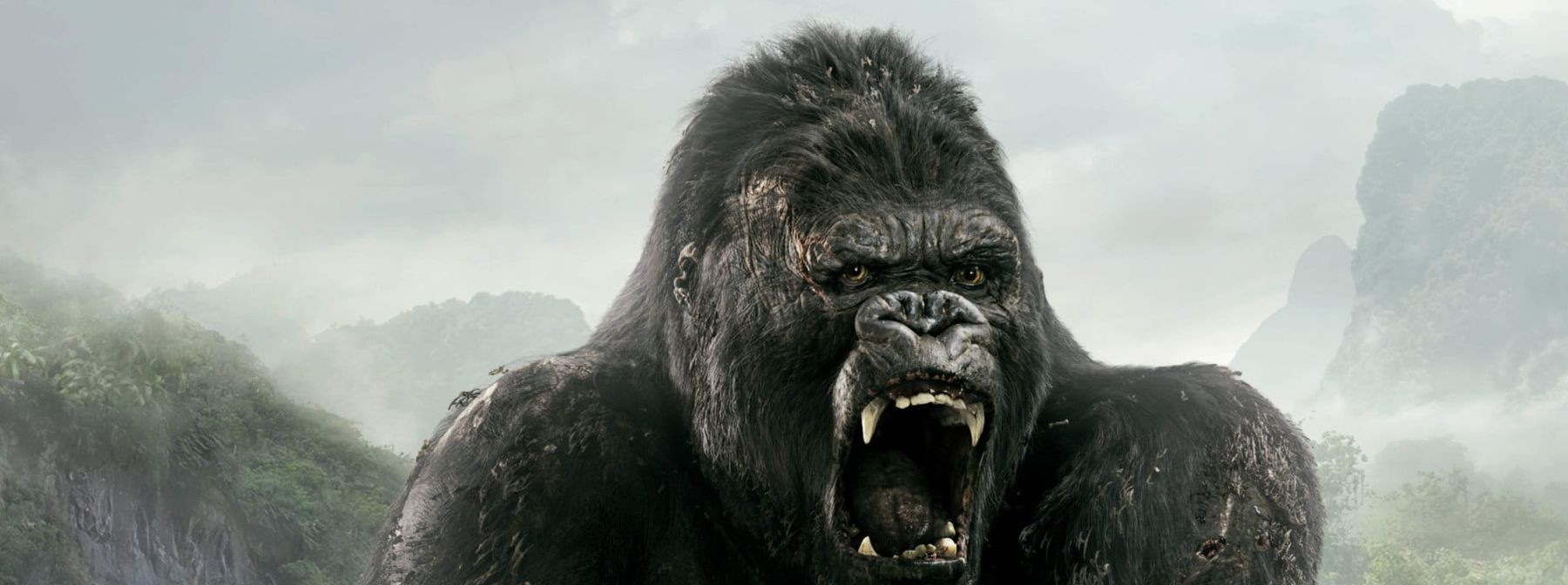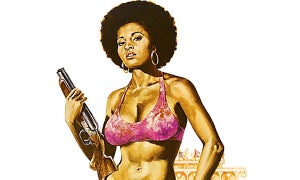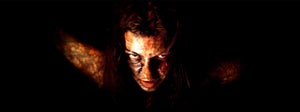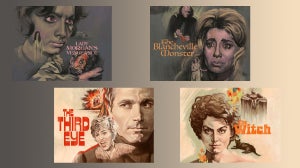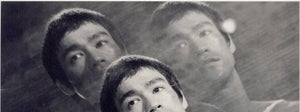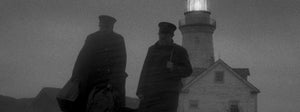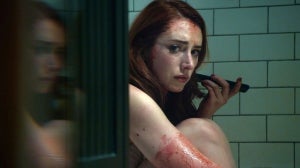
Who doesn't love to be scared by a good horror movie? And if that scare comes from a terrifying multi-limbed alien beastie, then all the better, especially if it's a hulking brute with a slobbering jaw full of razor-sharp teeth. The creature feature has been delighting, entertaining and scaring us all witless since the dawn of the moving picture industry and we just don't seem to be able to get enough. And so, to celebrate the upcoming release of Tremors on UHD and Blu-ray, we've grabbed our flame throwers and collected up blood samples to see who's human and who's not, as we take a look back at all those crazy monster pictures that have made us drop our popcorn in utter terror over the years.
King Kong (1933)
The Grandaddy of them all, and arguably the quintessential creature feature, director Merian C. Cooper's King Kong had a long and troubled journey to the screen. Originally titled The Beast, the first draft of the screenplay was written by British adventure novelist Edgar Wallace, who died before he could perform rewrites, leaving behind an unfinished and unsatisfactory screenplay just as principal photography was about to begin. The director had no choice but to film the dialogue-free scenes of the creatures on Skull Island out of necessity as well as proof for the studio that the monster special effects would work. Which it did, in spades! The finished result was a huge success both critically and financially, spawning numerous sequels and imitations, and became massively influential on just about every monster picture for the remainder of the twentieth century. Our fascination, not to mention horror, at the mighty Kong has barely wavered over the years, and to date the film has been remade three times. While each version has enjoyed a certain amount of success and acclaim, none have managed to best (or even equal) the power and originality of the 1933 original.
Alien (1979)
Ridley Scott's Alien was never meant to be the huge multi-million dollar blockbusting hit it went on to become; intending to be nothing more than a small, low budget Roger Corman-esque exploitation science fiction flick. But when scriptwriter Dan O'Bannon was refused the opportunity to direct it by 20th Century Fox, and after being turned down by Hollywood A-listers Walter Hill, Robert Aldrich and Peter Yates, the script found itself in the hands of British television commercial director and designer Ridley Scott, and after seeing his proposed story boards, Fox immediately doubled the film's budget. Pitched as The Texas Chain Saw Massacre in Space, when Alien was first released in to cinemas every one was talking about just one thing – the notorious chest burster scene. Reportedly it had nervous audience members throwing up in the aisles and running out of the cinema screaming. But Scott's masterpiece was more than just some flash-in-the-pan blood-thirsty gore-fest, going on to set the template for all horror films throughout an entire decade and kick-starting a multi-platform franchise that continues to this day.
An American Werewolf in London (1981)
All of the kids were saying it in the playgrounds of Britain back in the early 80s: “Beware the moon and stick to the path!”. Written in 1970 when he was only 17 years old, writer/director John Landis' horror-comedy (or should that be comedy-horror?) both thrilled and confused audiences in equal measures. Was it a horror film with comedic dialogue and sight-gags, or was it a comedy with some truly horrific and effective scares thrown in? Most of us were too traumatised by one of cinema’s most visually stunning and horrific transformation scenes to find an answer (not to mention the best werewolf ever committed to celluloid). But it wasn't just the audiences who were confused. During the 1970s, as Landis attempted to get the film off the ground, every producer and director in the movie business who read his script told him one of two things: either “This is too scary to be funny” or “This is too funny to to be scary.” Up to this point the horror-comedy was a genre that had rarely been explored to its fullest potential (there are a few notable exceptions, mainly the excellent Abbot & Costello Meet Frankenstein (1948) and The Old Dark House (1932)), not to mention a genre that had largely been ignored since the 1940s. But An American Werewolf in London had changed all that, with a release that not only proved ground-breaking and highly influential, but also prophetic in its timing for the burgeoning home video market, with schoolkids gleefully passing round pirated copies of the film on VHS in the playground.
The Thing (1982)
On its original cinematic release, John Carpenter's The Thing was hated and despised by both critics and horror fans alike. Such was the love for the original 1951 version, and so overwhelming was the negative reaction to the film (many fans accusing the director of having defiled a classic) that it had an immediate and profound effect on Carpenter's career. Originally having signed a three picture deal with Universal, the director was removed from his next project (a big budget adaptation of the Stephen King novel Firestarter) and was quickly bought out of his contract. Audiences, it seemed, weren't quite ready for the film's stomach-churningly visceral and startlingly original special effects. Not only that, but Steven Spielberg's family friendly yarn E.T. The Extra Terrestrial was, at that time, riding high at the box office and audiences were demanding that aliens should be cutesy and friendly, not hostile and covered in slime. Over the past forty years, The Thing has seen something of a major reappraisal and is now, quite rightly, considered to be Carpenter's cinematic masterpiece as well as one of the greatest horror movies ever made. Even now, in an age of CGI magic and trickery, its special effects are as jaw-dropping and as disturbing as they were in 1982.
The Host (2006)
Taking his inspiration from contemporary news stories ripped from the pages of South Korean newspapers, including the US military's dumping of toxic waste down the drains of the capital city Seoul and aquatic mutations pulled from the Han River, director Bong Joon-ho's fishy tale of a monster emerging from the river to abduct and carry off a local schoolgirl, takes its lead from past creature features such as Spielberg's Jaws and Toho Studio's Godzilla franchise, and is stocked to the gills (sorry) with all of Joon-ho's trademark dark wit and wry social commentary. Until the recent release of Parasite, The Host was arguably his most accomplished and commercial film (though not his best, for me that would be Sea Fog) and, along with Anno & Higuchi's Shin Godzilla, is certainly one of the best monster movies to emerge from the East Asian cinema market since the original Godzilla some sixty-plus years earlier. Not as scary or as disturbing as the other films on this list, but nevertheless remains a wonderful example of horror-comedy at its finest.

Related Articles
